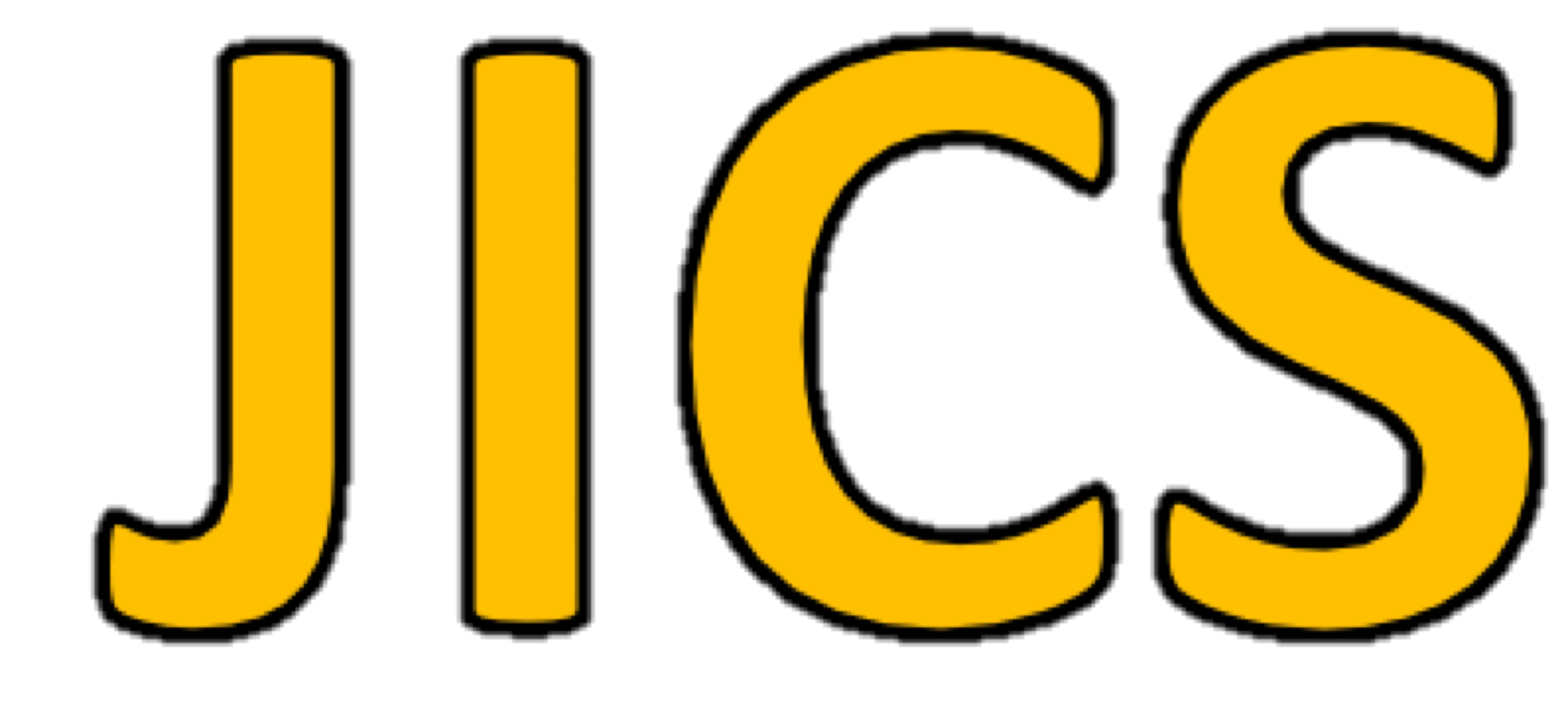The Recognition of Korean Auxiliary Adjective/Causative/Passive and Their Descriptions Based on Conceptual Graph
, Journal of Internet Computing and Services, Vol. 3, No. 1, pp. 17-28, Feb. 2002
Full Text:
Abstract
Statistics
Show / Hide Statistics
Statistics (Cumulative Counts from November 1st, 2017)
Multiple requests among the same browser session are counted as one view.
If you mouse over a chart, the values of data points will be shown.
Statistics (Cumulative Counts from November 1st, 2017)
Multiple requests among the same browser session are counted as one view.
If you mouse over a chart, the values of data points will be shown.
|
|
Cite this article
[APA Style]
이병희 (2002). The Recognition of Korean Auxiliary Adjective/Causative/Passive and Their Descriptions Based on Conceptual Graph. Journal of Internet Computing and Services, 3(1), 17-28.
[IEEE Style]
이병희, "The Recognition of Korean Auxiliary Adjective/Causative/Passive and Their Descriptions Based on Conceptual Graph," Journal of Internet Computing and Services, vol. 3, no. 1, pp. 17-28, 2002.
[ACM Style]
이병희. 2002. The Recognition of Korean Auxiliary Adjective/Causative/Passive and Their Descriptions Based on Conceptual Graph. Journal of Internet Computing and Services, 3, 1, (2002), 17-28.

